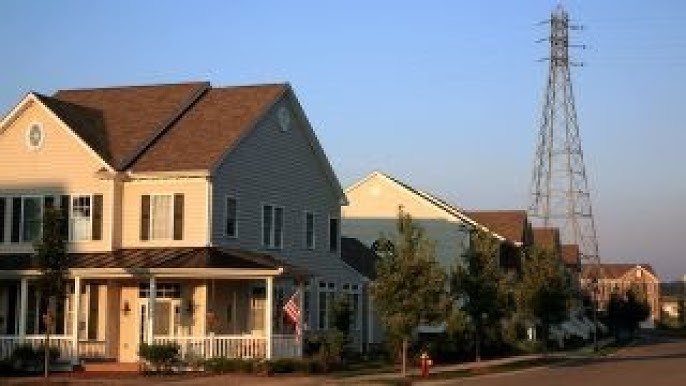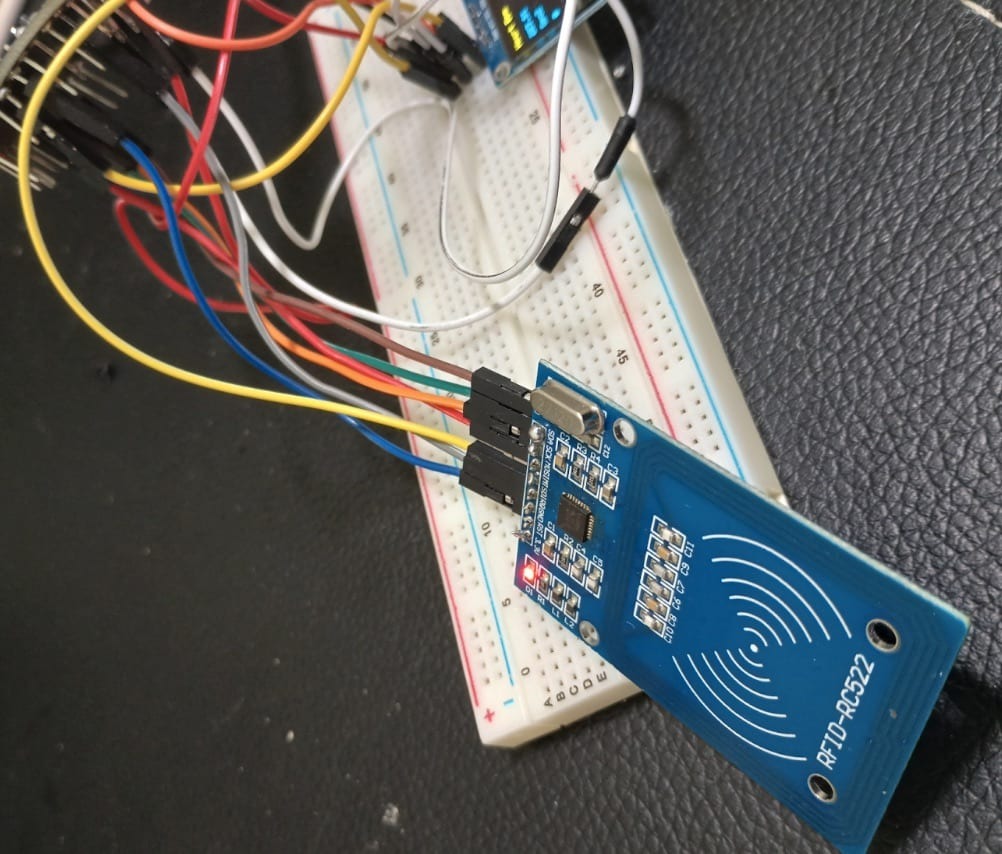 Image Source: YouTube
Image Source: YouTube
Indore has emerged as the leading city in the state for unauthorized and potentially hazardous constructions encroaching upon areas near high-voltage transmission lines. This alarming trend poses significant risks to public safety, transmission infrastructure integrity, and power distribution reliability, prompting urgent calls for stricter enforcement and proactive urban planning.
Key Highlights of Indore’s Hazardous Construction Issue
Indore has been identified as having the highest number of unauthorized buildings and structures violating prescribed safety clearances near electrical transmission lines
Such constructions threaten the safety of residents due to increased risk of electrocution, fire hazards, and structural damage during adverse weather
Encroachments near transmission corridors also jeopardize the maintenance and operation of critical power infrastructure, impacting energy reliability
Local authorities and power distribution companies have raised alarms over lax monitoring, delayed demolition actions, and uncoordinated urban growth
The growing population pressure and scarcity of land contribute to proliferation of risky constructions without adherence to safety norms
Understanding Safety Norms Around Transmission Lines
Power transmission lines require mandatory clearance distances to prevent electrical arcing, physical contact, and interference with line maintenance
These clearances are regulated by national electrical safety standards and enforced by electricity regulatory commissions and urban planning bodies
Encroachment within these zones violates public safety rules and complicates efforts to ensure uninterrupted power supply
Impact on Public Safety and Infrastructure
Unsafe proximity to high-voltage lines can result in fatal accidents, especially during storms or when unauthorized building materials conduct electricity
These violations hinder regular line inspections, repair works, and emergency response, raising risks of extended power outages
Hazardous construction practices often lack necessary approvals and structural safety certifications, further endangering occupants
Regulatory and Enforcement Challenges
Multiple agencies share responsibility, including municipal corporations, electricity supply companies, and land revenue departments, leading to coordination gaps
Limited manpower and logistical challenges impede swift identification and removal of illegal structures
Political and social sensitivities complicate eviction efforts, often resulting in prolonged legal battles or unofficial settlements
Some encroachments are recent, while others have developed over years, making remedial action complex and resource-intensive
Measures Being Taken and Proposed Solutions
Authorities have initiated mapping and survey drives to identify violations, track construction activities near transmission lines, and flag high-risk zones
Notices have been issued to property owners to remove illegal structures or regularize them under strict safety guidelines where feasible
Power distribution companies emphasize community awareness programs about risks and advocate citizen participation in reporting violations
Urban planners and policymakers are urged to integrate electrical safety considerations into zoning laws and housing policies to prevent future issues
Deployment of technology such as drones and GIS mapping is being explored to enhance monitoring efficiency and real-time enforcement
Community Awareness and Involvement
-
Educating residents about hazards associated with proximity to transmission lines is critical for prevention and compliance
-
Public engagement through helplines, grievance redressal platforms, and local meetings fosters cooperation and timely reporting of violations
-
Encouraging responsible development creates safer neighborhoods and supports uninterrupted power delivery
Economic and Social Implications
-
Unsafe developments near transmission lines impact property values and increase costs for power utilities due to frequent repairs and outage management
-
Power disruptions owing to infrastructure damage affect businesses, hospitals, schools, and households, hampering economic activity and quality of life
-
Addressing these safety concerns is essential for sustainable urban growth and public wellbeing
Looking Ahead: Strengthening Safety and Governance
-
Effective collaboration between electricity providers, municipal authorities, law enforcement, and residents is imperative to resolve these issues
-
Policy frameworks may need revision to incorporate stricter penalties, incentivize legal compliance, and promote sustainable urban expansion
-
Long-term urban planning should prioritize infrastructure safety to balance development with risk mitigation
In conclusion, Indore’s prominence in hazardous constructions near transmission lines highlights a pressing urban safety challenge demanding immediate and coordinated action. Strengthening enforcement, enhancing public awareness, and integrating safety norms into urban planning will be vital to safeguarding lives and securing the region’s energy future.
Sources: State Electricity Regulatory Commission reports, Local Government Publications, The Times of India, Hindustan Times
Advertisement
Advertisement





